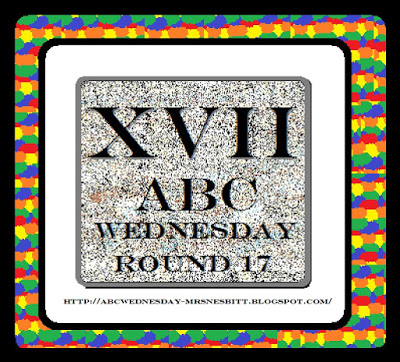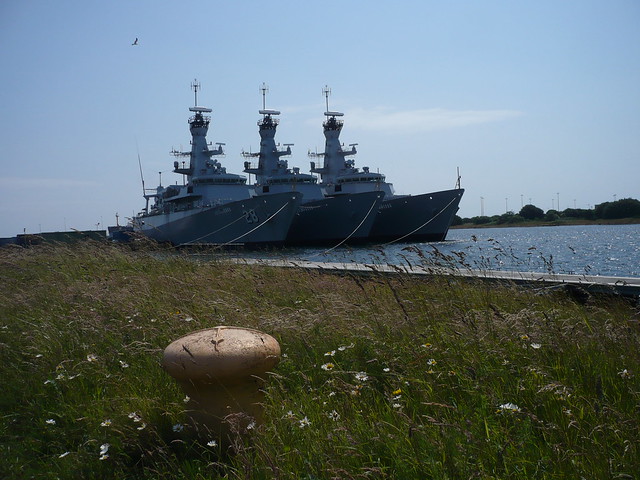Living on a peninsula surrounded by sea there is usually a breeze or wind coming from some direction of the compass. Unusually the photograph shows a sultry still day on the 1st July when it was just like walking into an overheated room, the cloud strata adding to the effect. This is Buccleuch Dock which is part of a small dock complex. Another exceptional aspect is that there was not one ship or boat in sight, although there was one behind me. For the past ten years you could guarantee at least one in the dock
which was the Princess Selandia, once a nightclub and restaurant until it closed in 2010 due to a fire, since then it has been gently rusting by the dockside.
Here it is in lit up for the revellers in 2007 when you could dance the night away on the freight deck which had been converted into "The Blue Lagoon" After the fire this Danish passenger vessel's next destination had been due to be part of a dockland attraction at Korsør but the scheme collapsed. The project has now been revived and on 14th July she set off for Danish shores to be a museum. Once owned by the Danish State Railroad I believe she is the last ship of its type. I wonder if she will be promoted and go back to her old name of Queen Ingrid? You can see there is a walkway next to the ship which can be accessed by a gate from the supermarket car park and I like to keep an eye and a camera ready for any visiting ships as I load my shopping into the car boot. Today the gate was locked so I was thwarted in having a nosey at a Swedish yacht on the other side. The pathway can be accessed further down but I'm temporarily not very mobile at the moment so I gave it a miss,

although once you are on the pathway there are plenty of seats. This photo of Buccleuch Dock is with a ripple of a slight breeze but as you can see I can never resist a reflection. The dock opened in 1873 and is named after one of the original investors of the port and docks. The picture was taken in late afternoon light, November 2012, and in the distance can be seen three corvettes which also, like the Princess Selandia, became local landmarks after the Brunei Navy refused to take delivery of them. The dispute eventually went to arbitration in 2007 and BAE Systems won the case, resulting in Brunei eventually finding another buyer for them in 2012, the Indonesian Navy. I've been trying to remember when they eventually sailed away
and think it must have been last year as I took this photo in July 2013 plus some of these corvettes were involved in the search for the Indonesia Air Asia plane which went missing at sea.
An entry to ABC Wednesday, a journey through the alphabet, this week sojourning at B
here

















